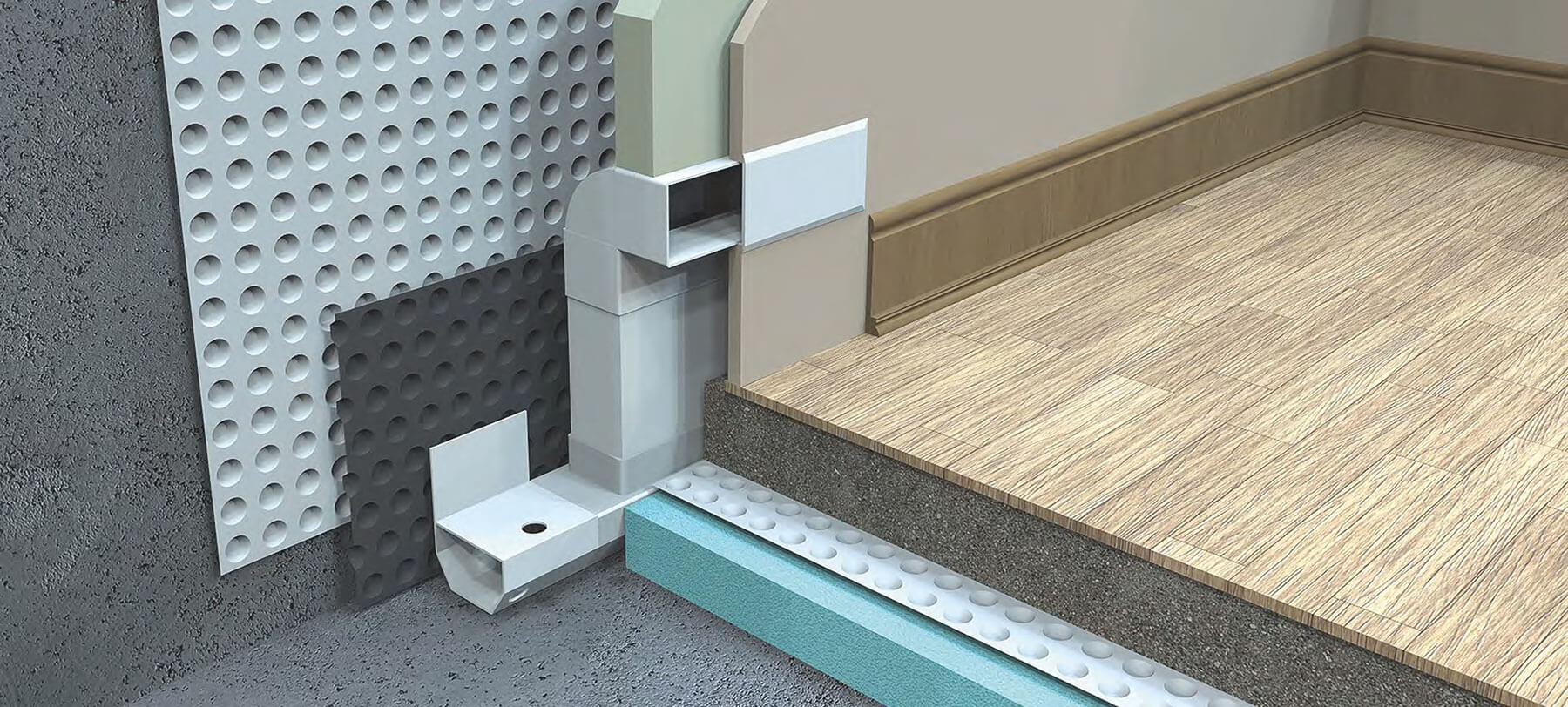01732 360 095
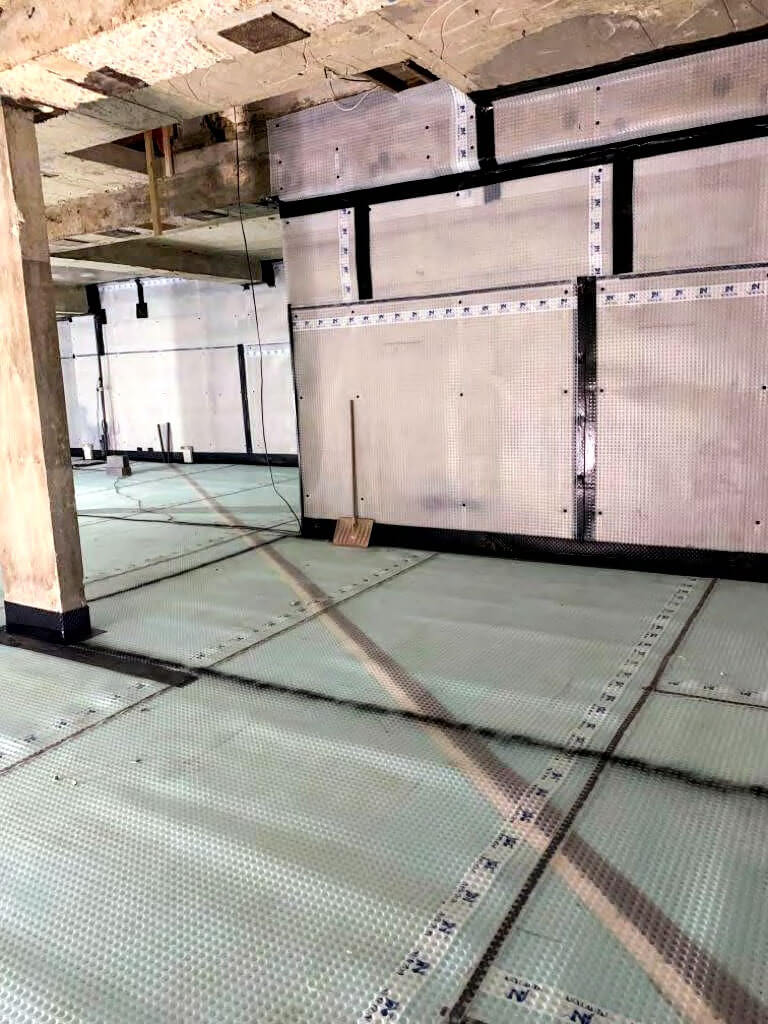 When designing and specifying a floor build-up, the importance of accurate and reliable compressive load data cannot be underestimated.
When designing and specifying a floor build-up, the importance of accurate and reliable compressive load data cannot be underestimated.
DOWNLOAD THE FULL ARTICLE HERE ?
Why is Compressive Load Data Important?
Any element of the build that receives a load should be tested in order to ensure that it is capable of resisting that imposed load.
There are two test standards for compressive load testing; one of the standards assesses product’s ability to resist long-term static loads, whilst the other determines the resistance to short-term temporary loads. Naturally, the short-term test results are generally much higher than the long-term static load results.
This is especially noticeable when analysing the test results for insulation, as many manufacturers will use the higher temporary load figure in order to advertise their product.
Misleading data such as this has the potential to create significant issues, including the specification of products that do not possess the necessary load capabilities.
What is the Compressive Load Data for Newton’s Products?
Using the Right Test Data
The meaningful compressive load test for insulation is BS EN 1606, which assesses the compressive creep performance of thermal insulation materials over an extrapolated 50-year period, and determines the maximum load that can be applied to the product without reducing the thickness by more than 2%.
Only BS EN 1606 should be considered as a safe assessment of the potential use of the material within a floor build, as other test standards are not applicable.
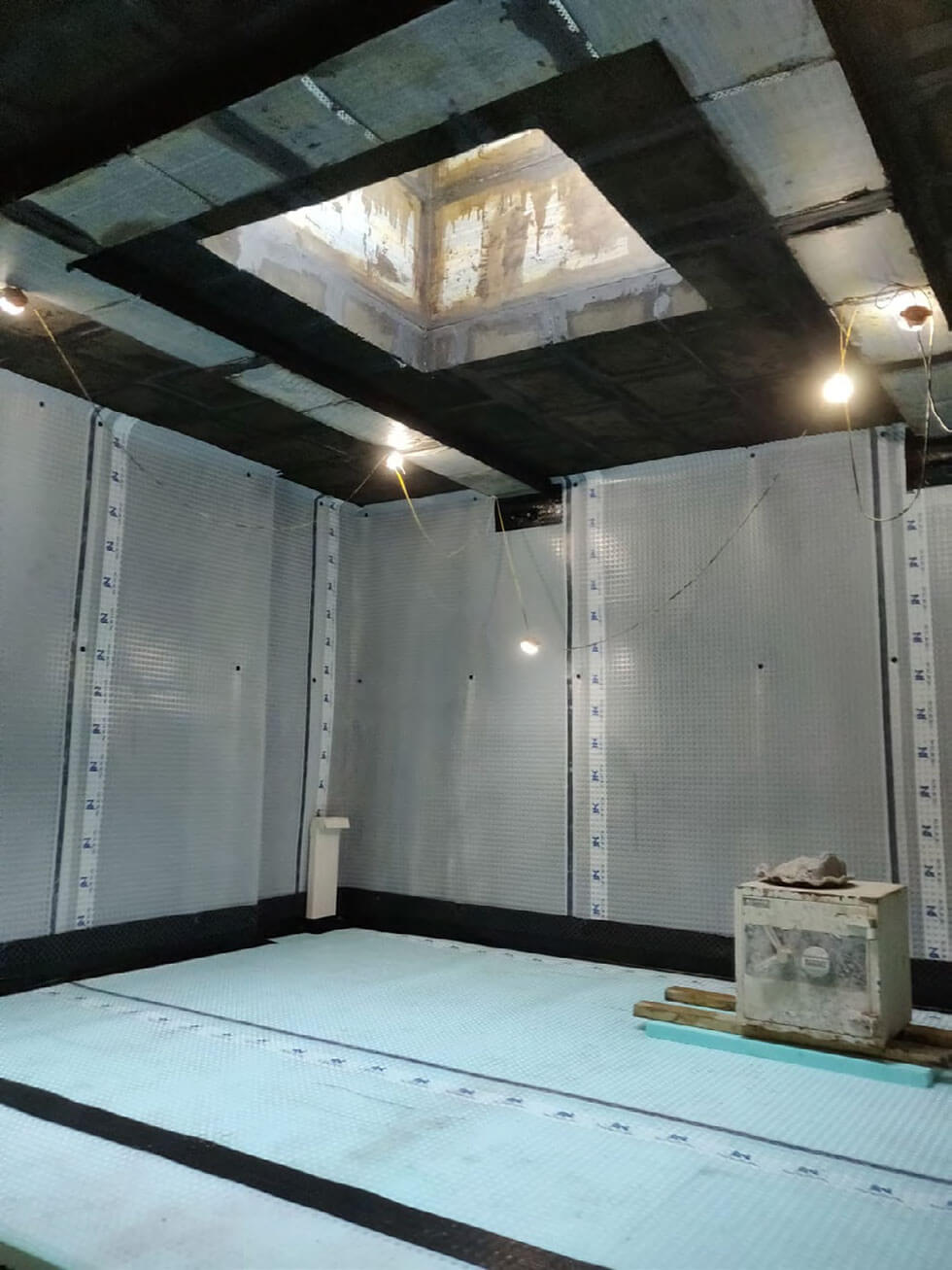
Newton therefore decided to analyse the data used for products in the UK Cavity Drain Membrane (CDM) market, and found that manufacturers and suppliers were publishing the temporary load figures on their product information (not the long-term load figures).
The result is a plethora of confusing and varying data being presented by different companies.
Testing the Compressive Load of Cavity Drain Membranes
The standard for testing the load capability of cavity drain membranes in ISO 25619 “Geosynthetics – Determination of compression behaviour”, comes in two parts:
- Part 1: the long-term compressive properties of the material.
- Part 2: the short-term compressive properties of the material.
Much like other products in the UK, Newton’s cavity drain membranes that are to be subject to loads as a part of the design have all been tested to ISO 25619-1.
When tested to ISO 25619-1, cavity drain membranes are deemed to have failed if they compress by more than 10% of their nominal thickness – however, because the standard does not confirm an official pass as such, after consultation with Kiwa it was agreed to test Newton’s membranes to the same performance level as used by BS EN 1606 for the compressive creep performance of load-bearing insulation. As mentioned in section 3.1, this is 2% compression after 50 years of resisting load.
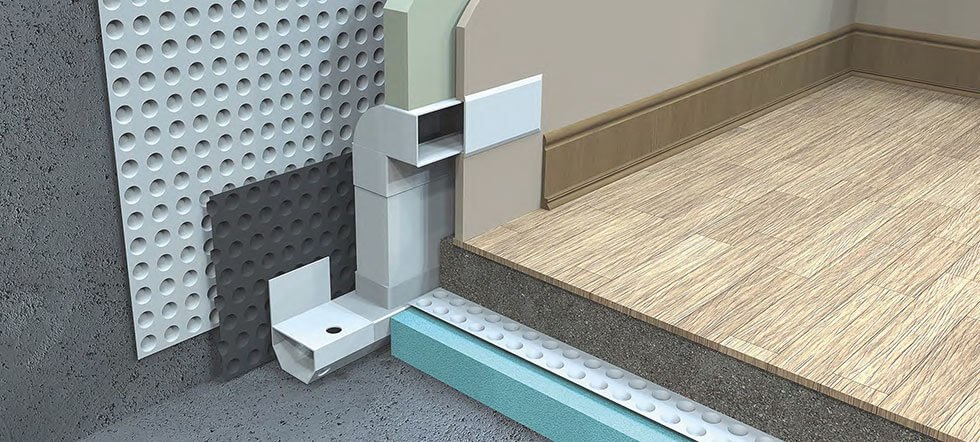
Test Results – Newton Cavity Drain Membranes
Please contact the Newton Technical Team on 01732 360 095 or at tech@newtonwaterproofing.co.uk to request the full test results and test certificates.
The test results for each membrane, with no material filling the studs, are as follows:
| Product Name | Compressive Strength to ISO 25619-1 (Membrane Only) |
| Newton 508R | 7 kPa (0.71 tonnes per square metre) |
| Newton 508 eco Floor | 21 kPa (2.14 tonnes per square metre) |
| Newton 520 eco | 4 kPa (0.41 tonnes per square metre) |
| Newton 408 DeckDrain | 10 kPa (1.02 tonne per square metre) |
Test Results – Newton Cavity Drain Membranes with Screed
The test results for each membrane, filled with screed, are as follows:
| Product Name | Compressive Strength to ISO 25619-1 (Membrane & Screed) |
| Newton 508R | 800 kPa (81.58 tonnes per square metre)* |
| Newton 508 eco Floor | 800 kPa (81.58 tonnes per square metre)* |
| Newton 520 eco | 800 kPa (81.58 tonnes per square metre)* |
*It is important to note that the test rig was only capable of exerting a maximum force of 800kPa, and all three membranes passed the test with ease.
Test Results – Newton Cavity Drain Membranes with Insulation
For this test the membranes were filled with screed so as not to compress the studs of the membrane. The results also represent the maximum depth of the indent into the Newton Fibran XPS 500-C, as created by the point load of the studs of the membranes.
The test results of the Newton Fibran XPS 500-C below the membranes are as follows:
| Product Name | Compressive Strength to BS EN 1606 (Membrane, Insulation & Screed) |
| Newton 508R | 35 kPa (3.57 tonnes per square metre) |
| Newton 508 eco Floor | 50 kPa (5.10 tonnes per square metre) |
| Newton 520 eco | 45 kPa (4.59 tonnes per square metre) |
How does Newton’s Data Compare to Other Products?
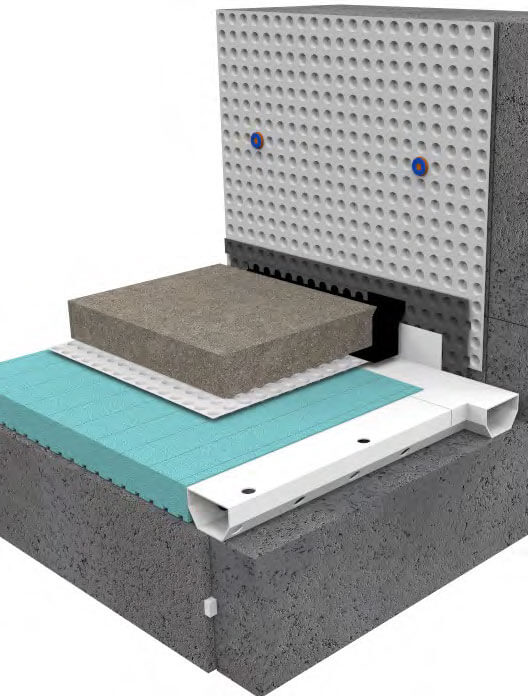 Newton’s cavity drain membranes are the only products currently available that have meaningful test data to support the long-term compressive capability of the membranes.
Newton’s cavity drain membranes are the only products currently available that have meaningful test data to support the long-term compressive capability of the membranes.
What Does This Mean for Type C Waterproofing Systems?
Designers and specifiers are now able to accurately understand the impact of long-term compressive load on cavity drain waterproofing membranes.
Most Newton waterproofing designs will specify that the membrane studs should be filled with screed, and as a result the membrane load capability is always 800 kPa (or 81.58 tonnes per square metre). The primary weakness in the floor build is therefore the Fibran XPS 500-C insulation spacer, so it is the long-term compressive load capabilities of this product that should be the main consideration.
Summary
Overall, the extensive research and testing that by Newton has led to three clear points regarding product performance under long-term compressive loads:
- Newton are the only supplier of cavity drain membranes that have accurate test data for their ability to resist long term compressive load, as per the ISO 25619-1 standard.
- Likewise, Newton are also the only Type C supplier that have accurate data on the ability of the insulation below the membranes to resist point loads, as per the BS EN 826 standard.
- Lastly, Newton Fibran XPS 500-C is the only insulation that has test data for its ability to resist long term point loads from Newton’s membranes and not deform more than 2% over 50 years, as per the BS EN 826 standard.
Contrastingly, the data often supplied by other companies to ISO 25619-2 is actually for short-term compressive behaviour and is used to confirm product changes after exposure to chemicals, UV light and other stresses. This standard is not for design purposes and is not representative of the membranes’ ability to resist long-term load.
Finally, if you encounter test data for cavity drain membranes as per the DIN 53454 standard (now withdrawn), this is for the testing of solid plastics and is not suitable for the testing of Type C membranes.
DOWNLOAD THE FULL ARTICLE HERE ?
For more information on this technical article, or to speak to our Technical Team, please call 01732 360 095, email tech@newtonwaterproofing.co.uk or fill out the form below.
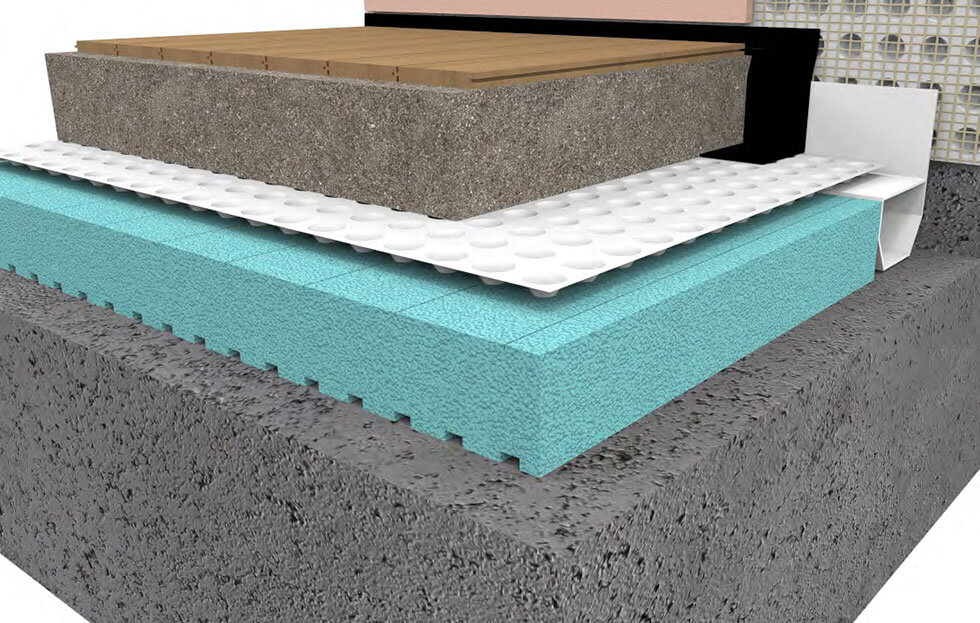
Customer Success Stories
Our latest customer reviews from Feefo - the award winning review platform
 view all reviews
view all reviews
Speak to our friendly, expert team
Our staff are able to provide guidance for projects of all sizes, whether you require some general advice about damp or waterproofing, or support with technical drawings and specifications.

